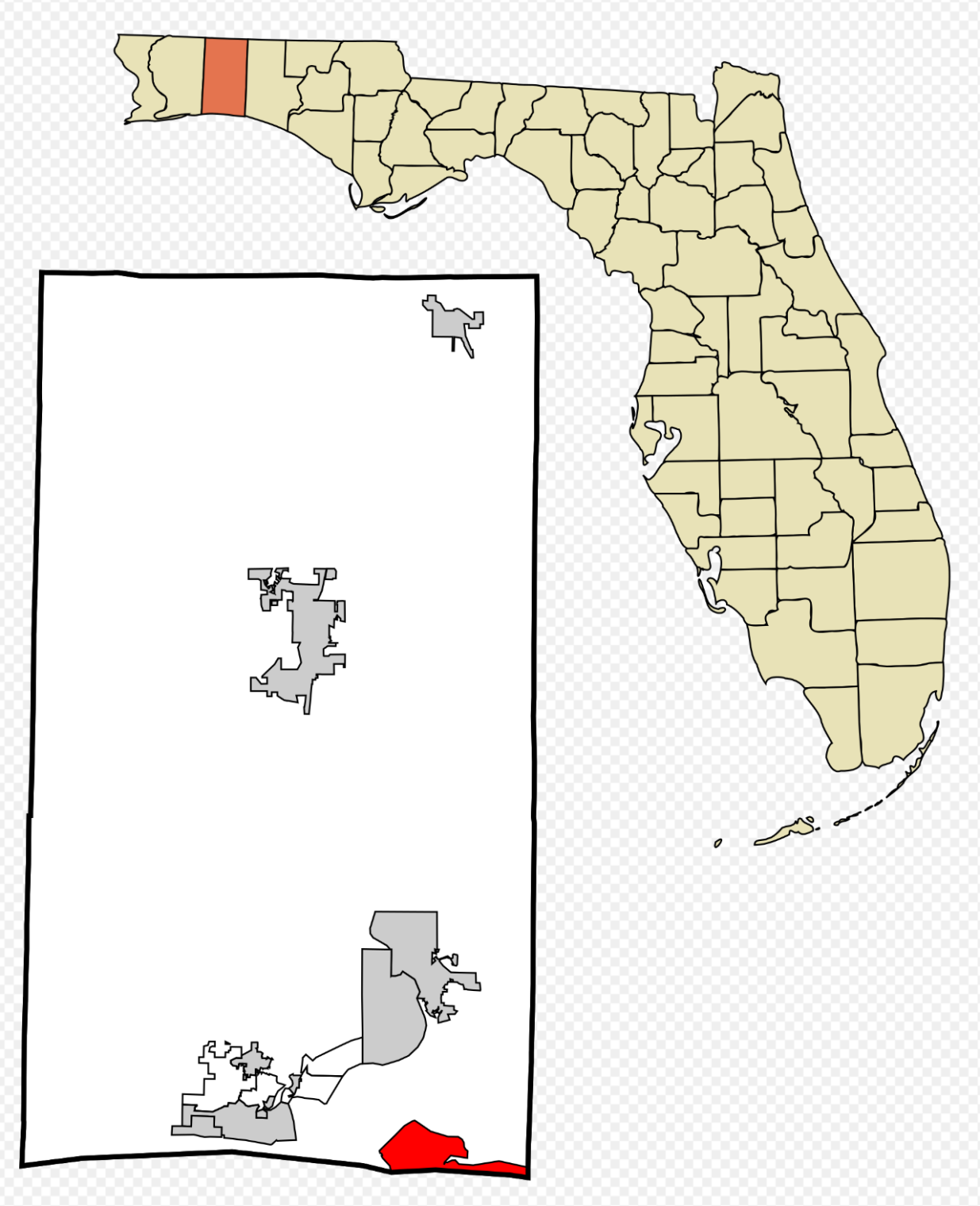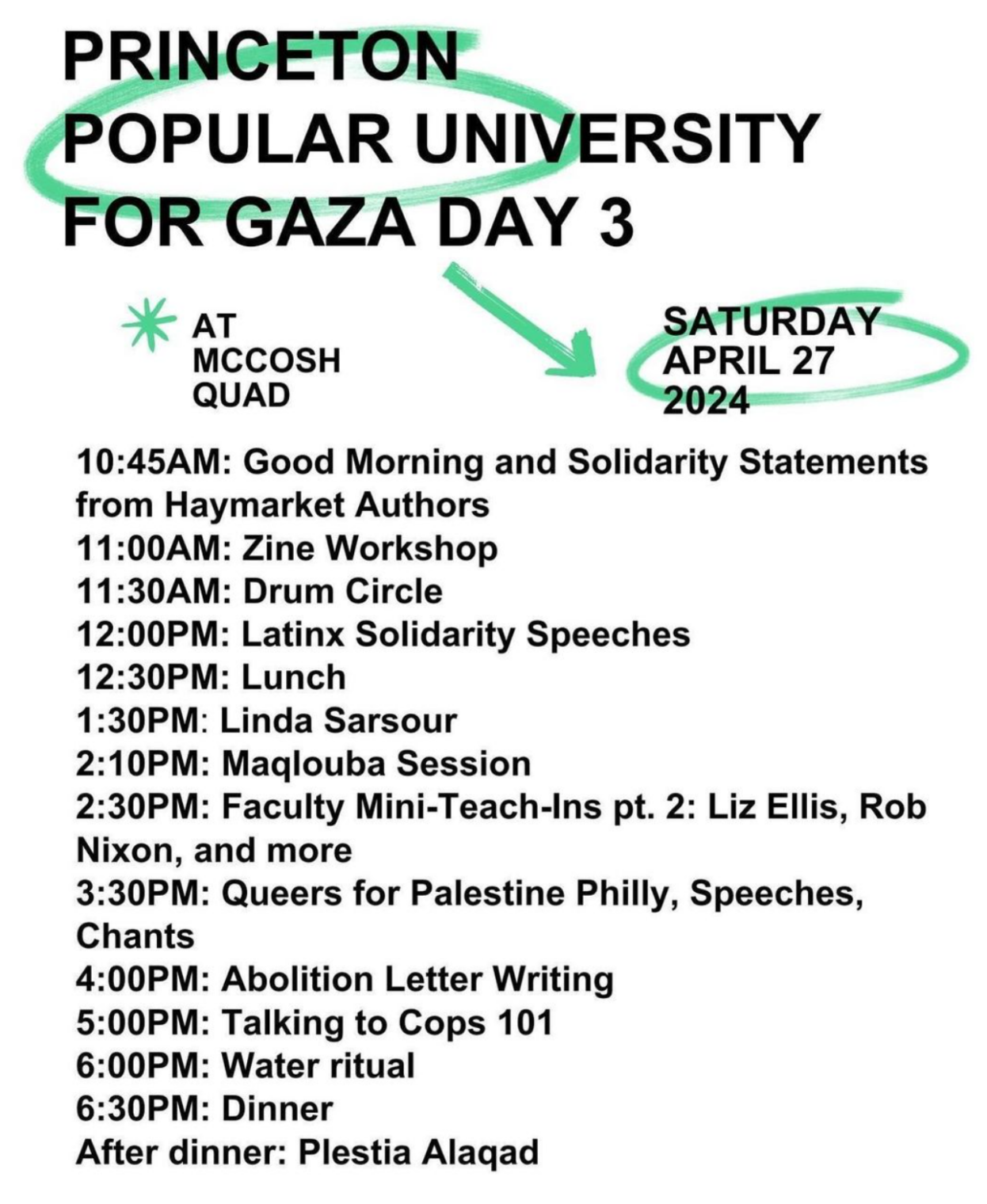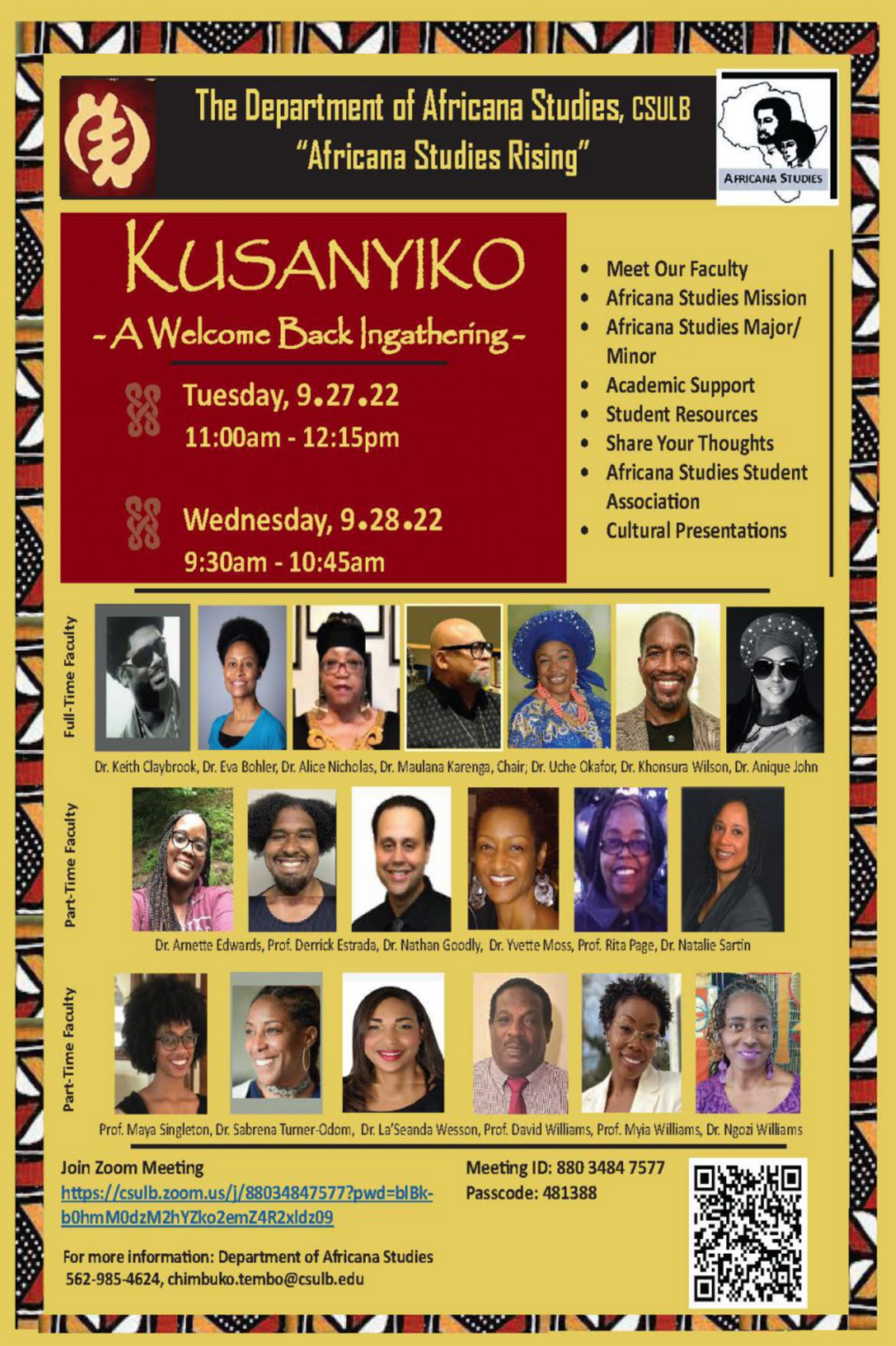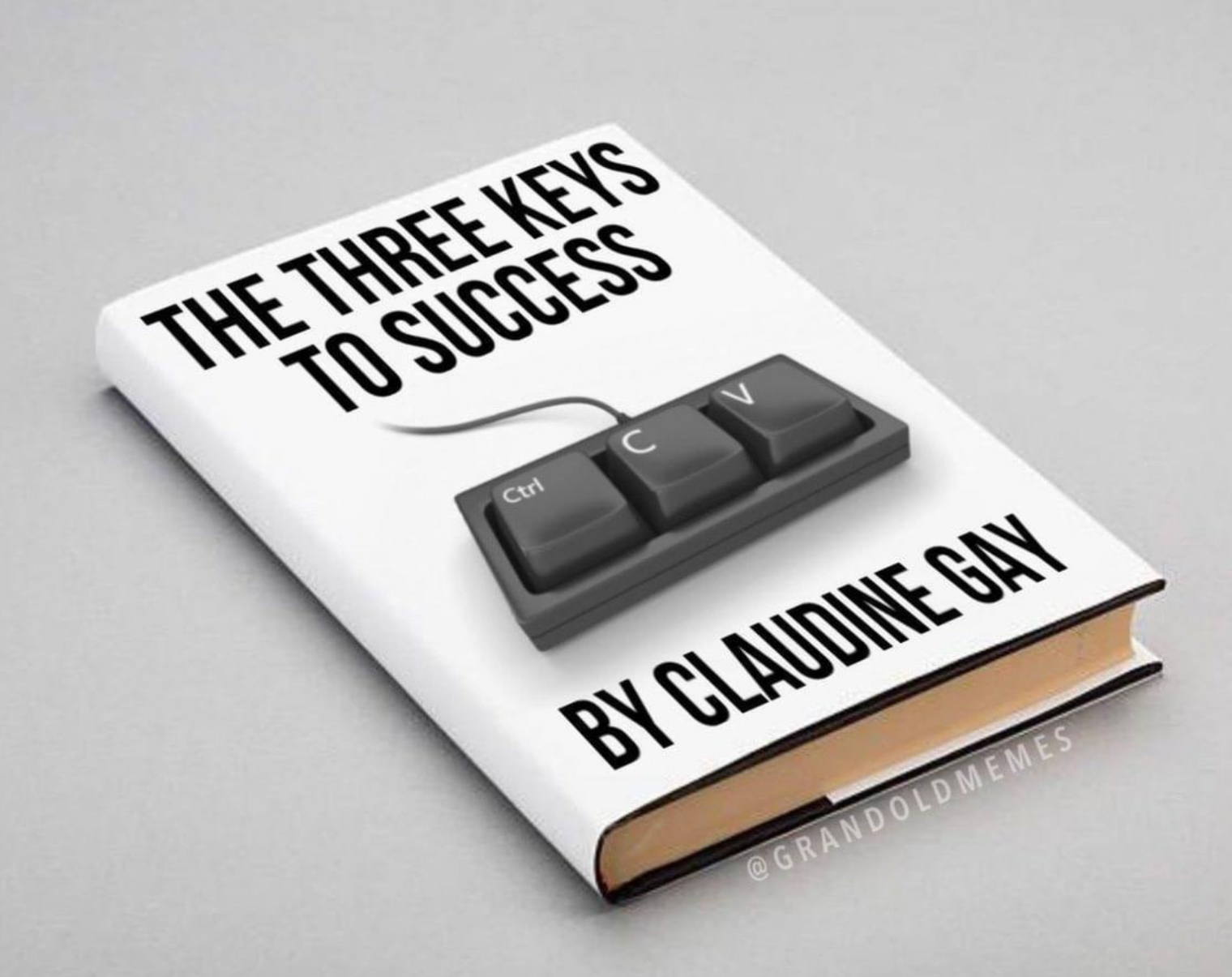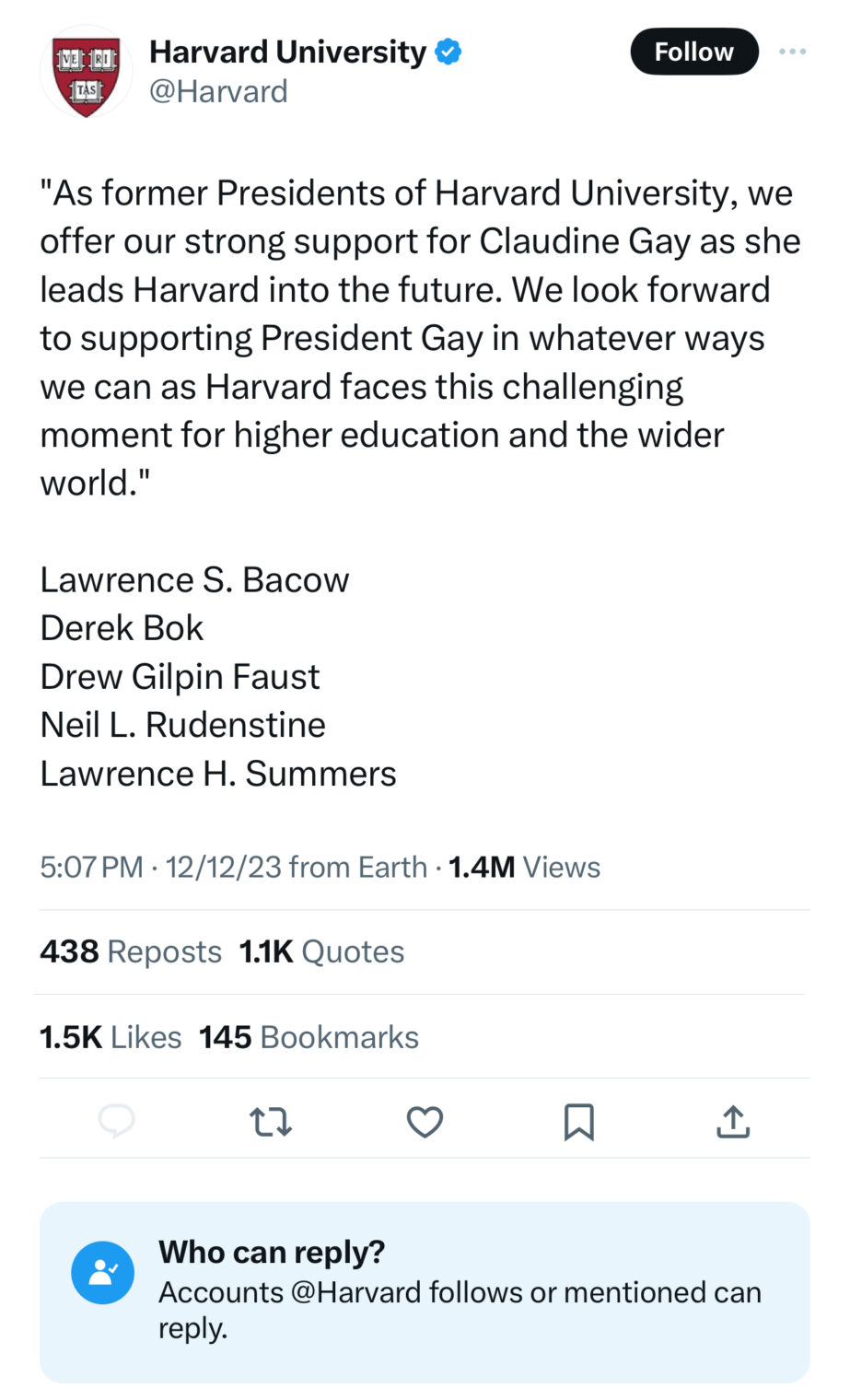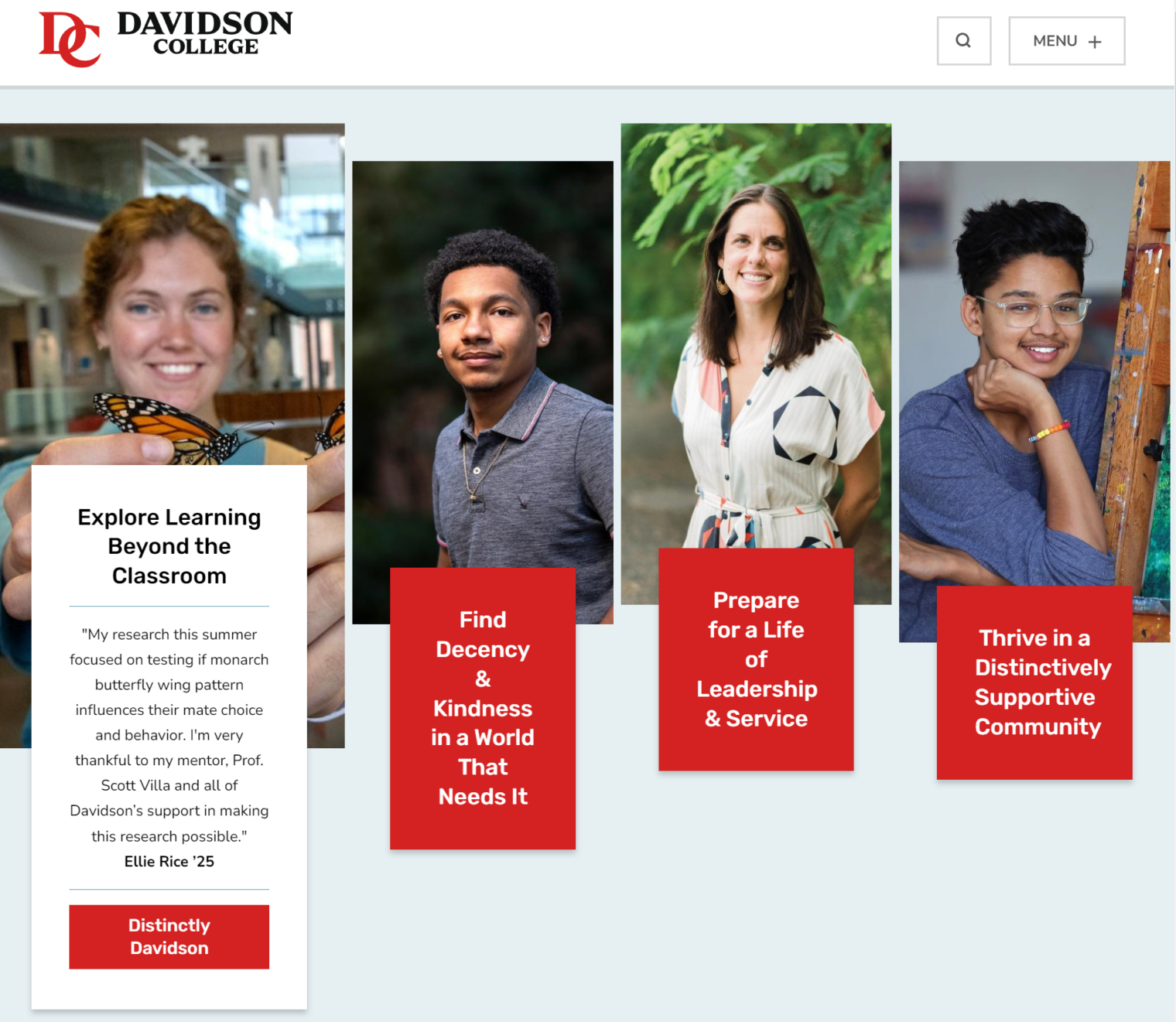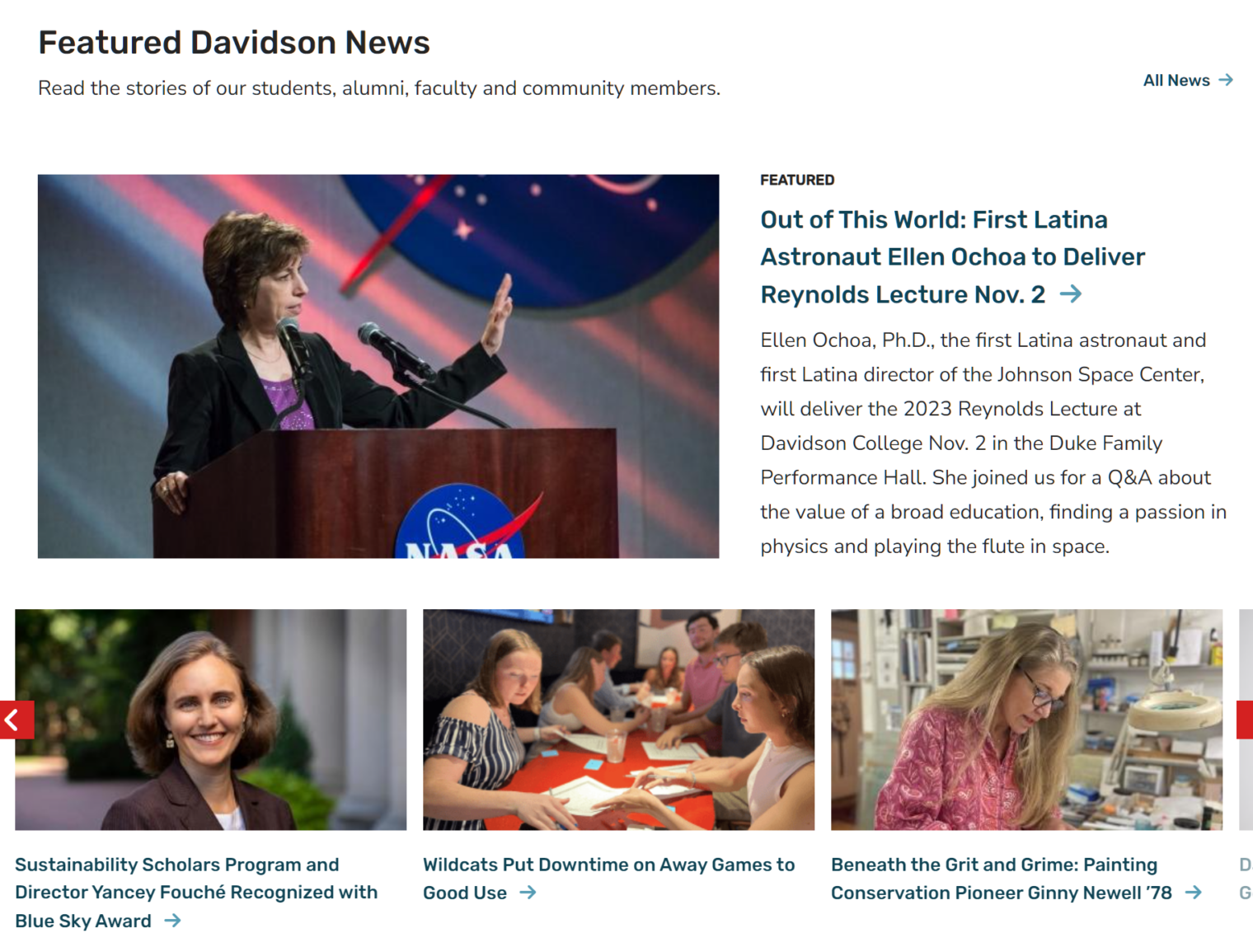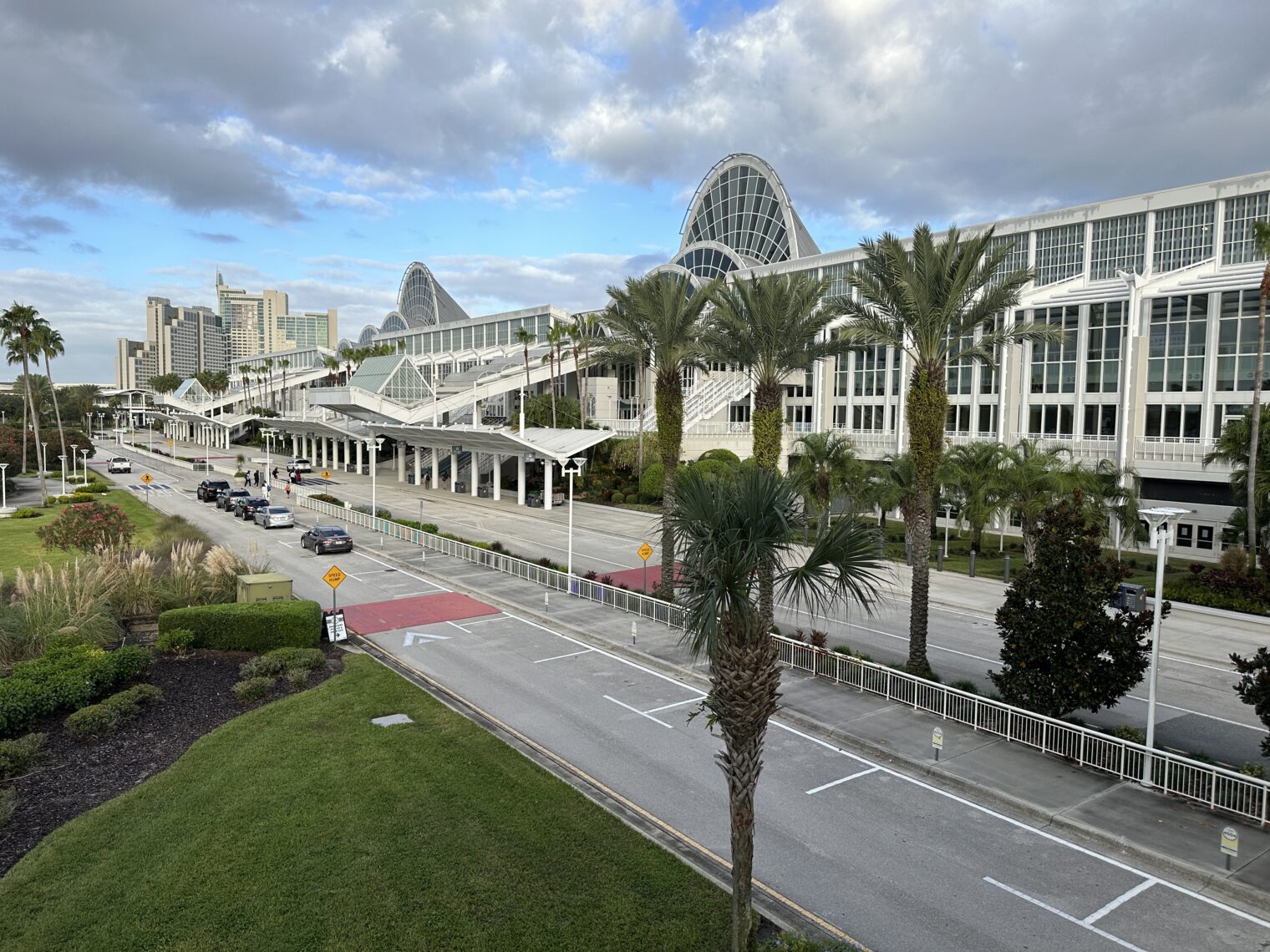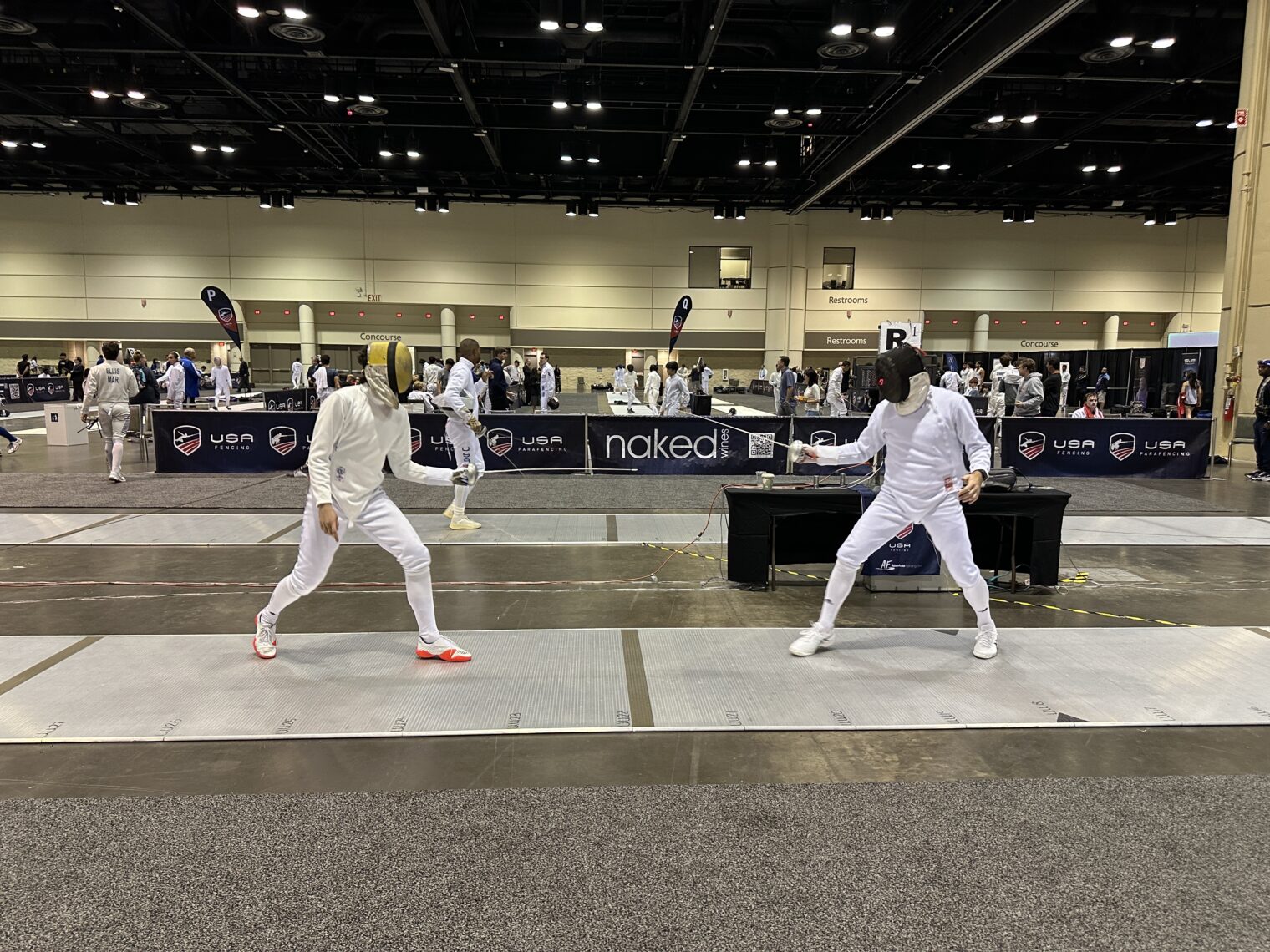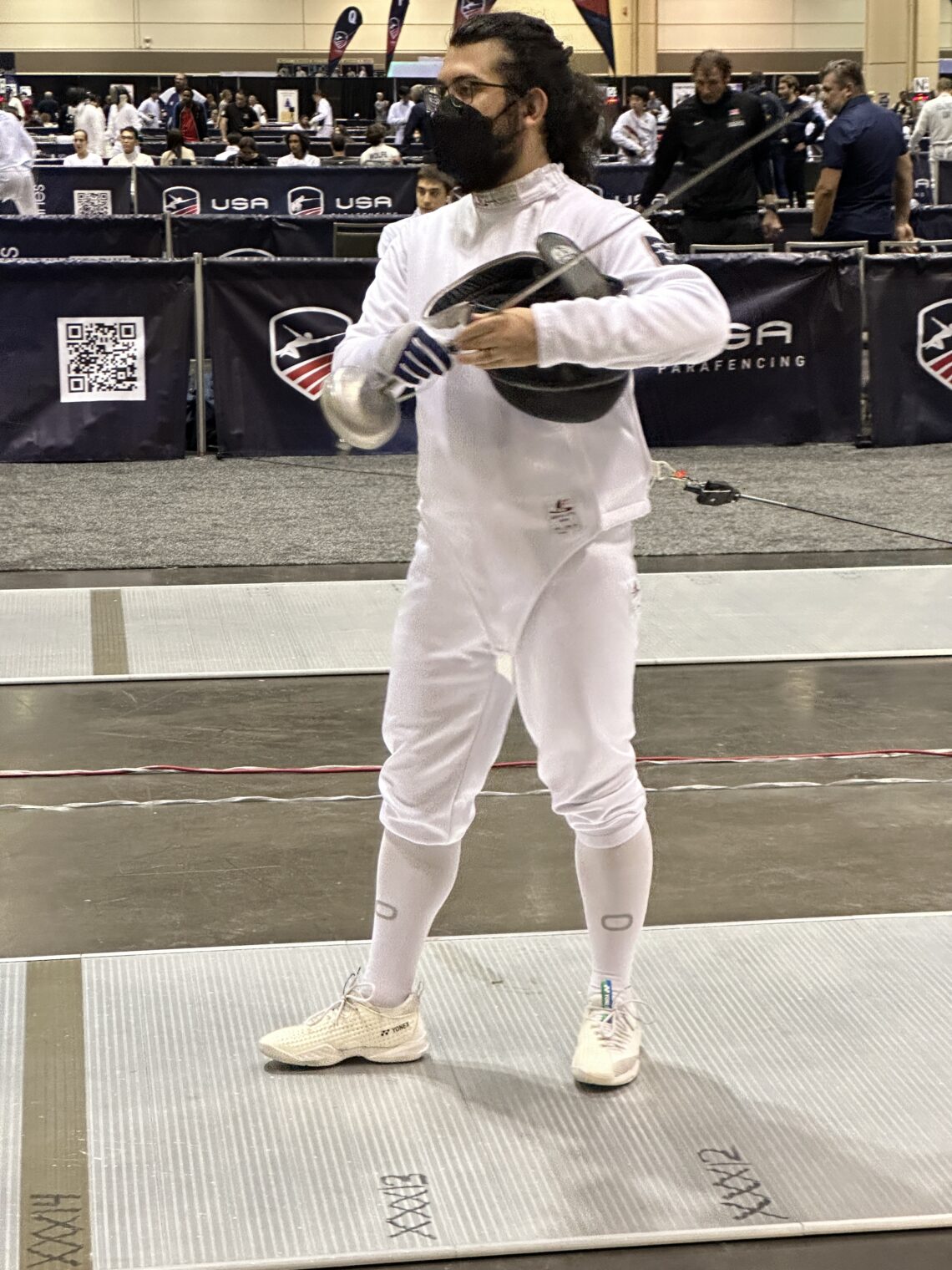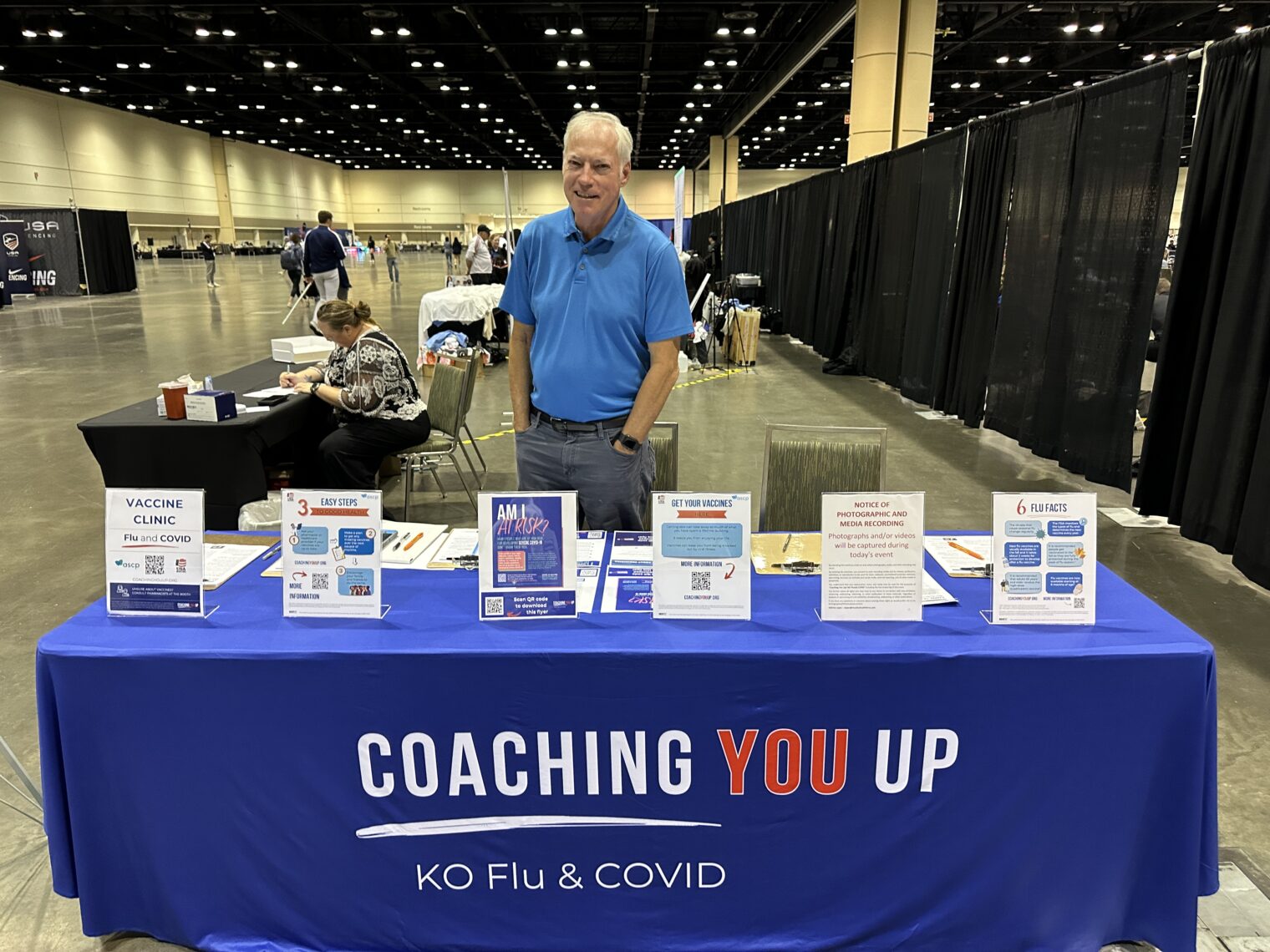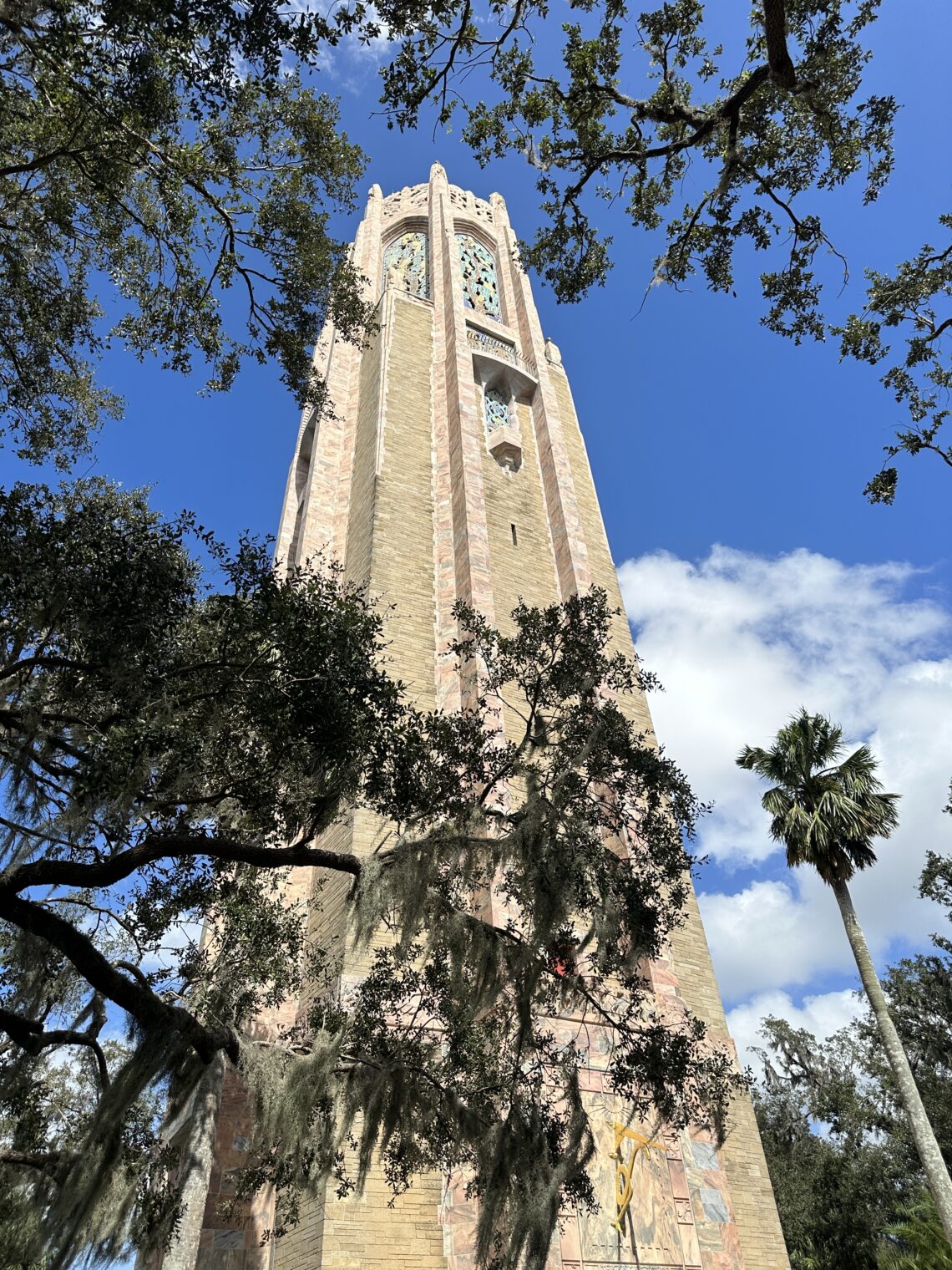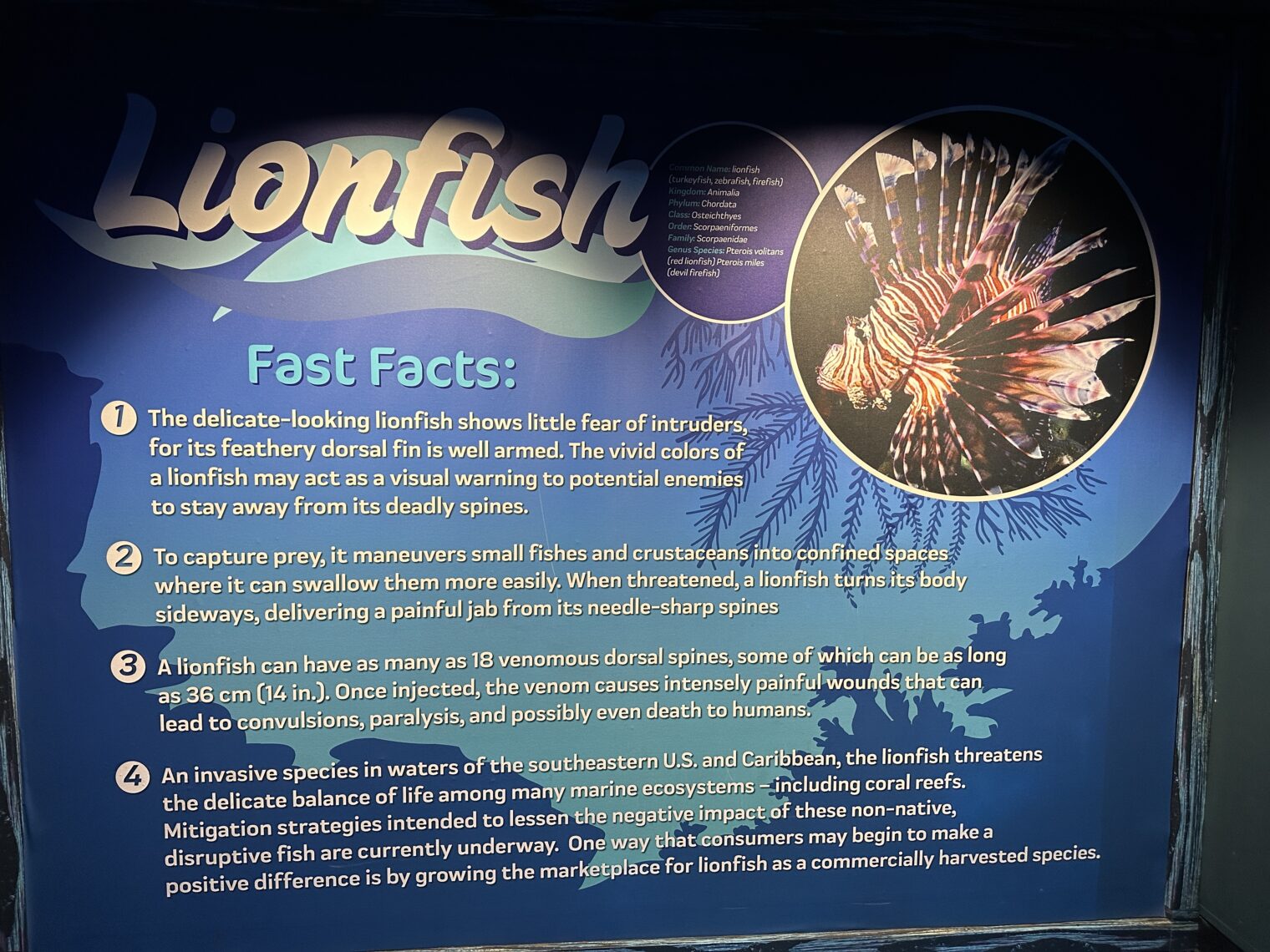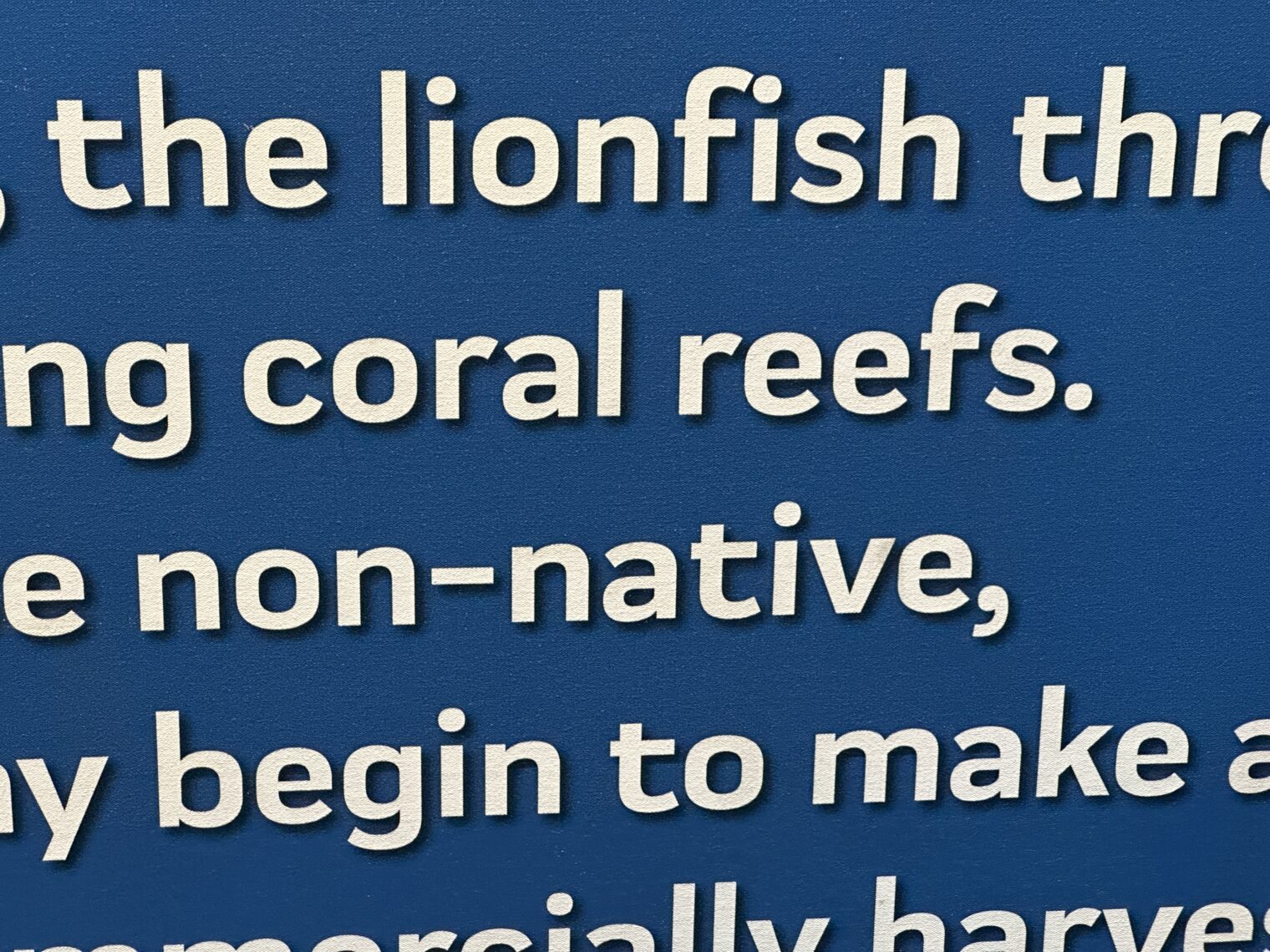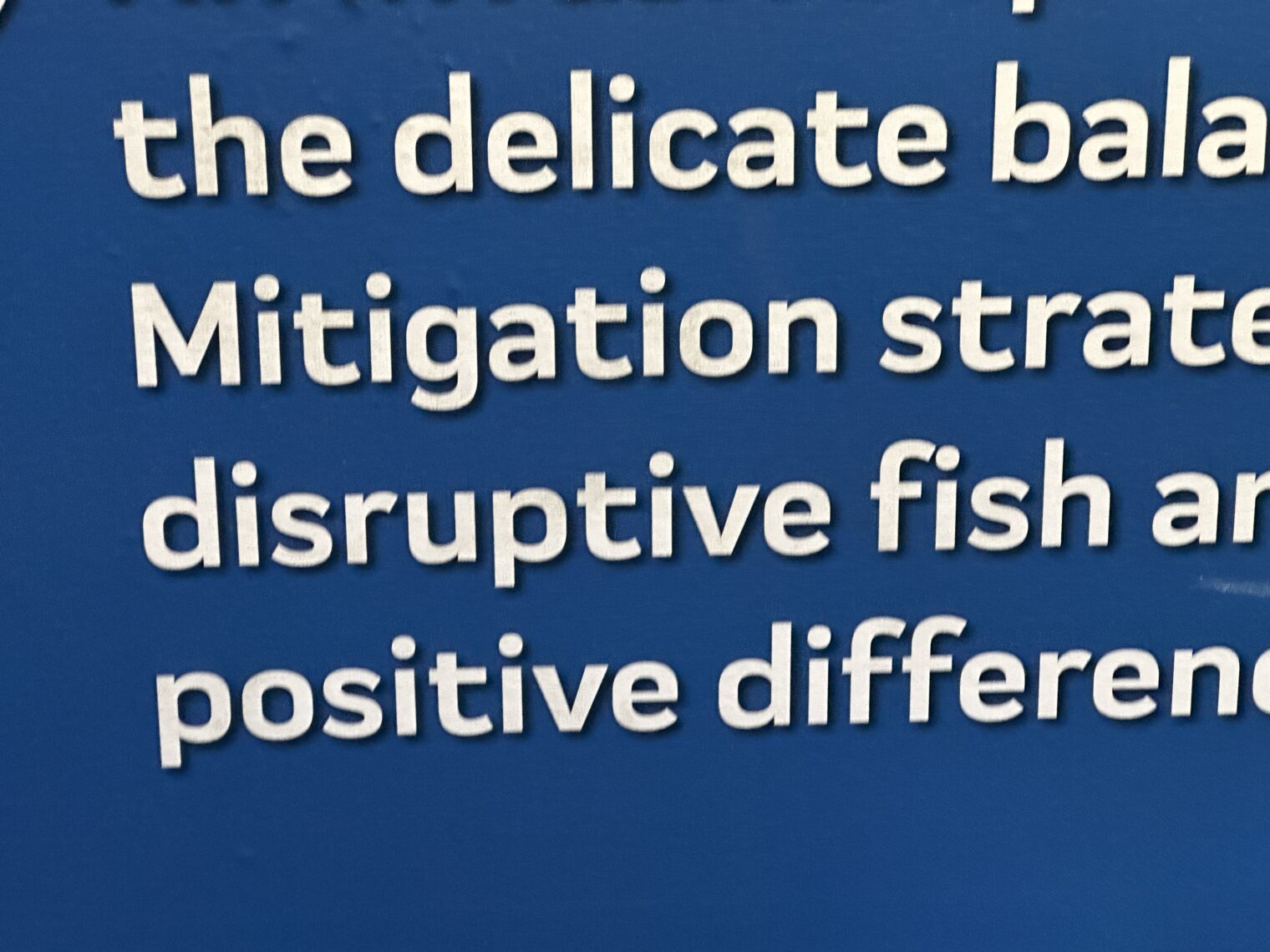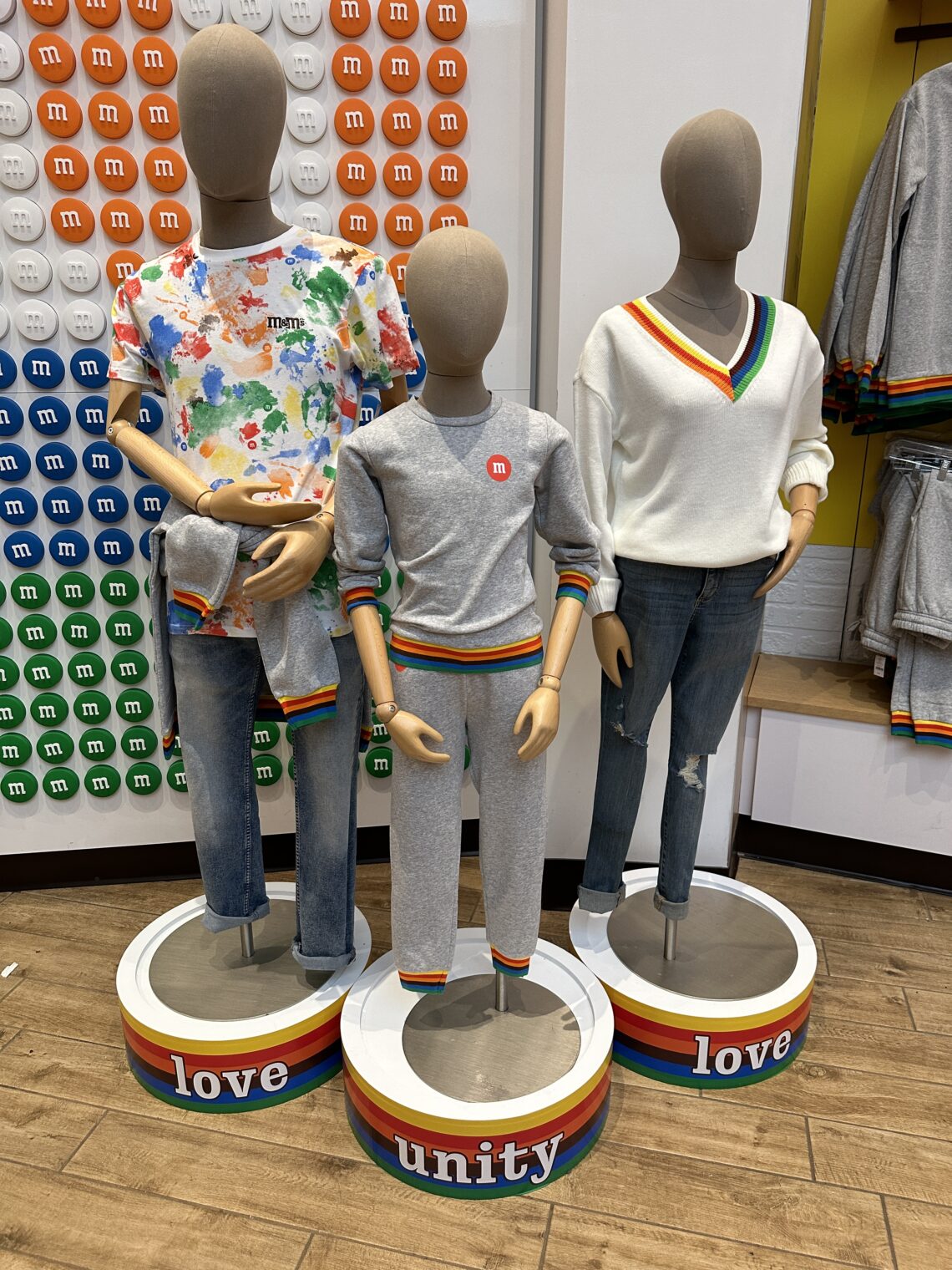MIT bureaucrats try dialogue with pro-Hamas students
A follow-up to Talking with a pro-Hamas college student…
The righteous at MIT have been demanding that the university cut any and all research ties with universities inside the Zionist entity. The demand has been backed up with demonstrations, including an encampment. From May 6:
I’m not sure if these translations are accurate, but here’s what the students and friends were saying in Arabic:
(Fortunately, they threatened Zionists with death and did not burn any rainbow flags, a hateful act that would have resulted in a 16-year prison sentence. And why are they wearing masks if they chant “the masks are off”?)
Here’s an email sent today to all MITers from the president:
At my direction, very early this morning, the encampment on Kresge lawn was cleared. The individuals present in the encampment at the time were given four separate warnings, in person, that they should depart or face arrest. The 10 who remained did not resist arrest and were peacefully escorted from the encampment by MIT police officers and taken off campus for booking.
They warned them three times and didn’t follow up and were surprised that the 4th warning was also ignored? Paging the psych department!
The encampment began on Sunday, April 21, in violation of clear Institute guidelines well known to the student organizers. It slowly grew. Though it was peaceful [see AP video, above], its presence generated controversy, including persistent calls from some of you that we shut it down. While we asked the students repeatedly to leave the site, we chose for a time not to interfere, in part out of respect for the Institute’s foundational principles of free expression.
…
On Monday, May 6, judging that we could not sustain the extraordinary level of effort required to keep the encampment and the campus community safe, we directed the encamped students to leave the site voluntarily or face clear disciplinary consequences. Some left. Some stayed inside, while others chose to step just outside the camp and protest. Some chose to invite to the encampment large numbers of individuals from outside MIT, including dozens of minors, who arrived in response to social media posts.
Late that afternoon, aided by people from outside MIT, many of the encampment students breached and forcibly knocked down the safety fencing and demolished most of it, on their way to reestablishing the camp. In that moment, the peaceful nature of the encampment shifted. Disciplinary measures were not sufficient to end it nor to deter students from quickly reestablishing it.
Wednesday, May 8, was marked by a series of escalating provocations. In the morning, pro-Palestinian supporters physically blocked the entrance and exit to the Stata Center garage though they eventually dispersed. Later, after taking down Israeli and American flags that had been hung by counter protestors, some individuals defaced Israeli flags with red handprints, in the presence of Israeli students and faculty. Several pro-Israel supporters then entered the camp to confront and shout at the protestors. Throughout, the opposing groups grew in numbers. With so many opposing individuals in close quarters, tensions ran very high. The day ended with more suspensions – and a rally by the pro-Palestinian students.
Thursday, May 9, pro-Palestinian students again blocked the mouth of the Stata garage, preventing community members from entering and exiting to go about their business, and requiring that Vassar Street be shut down. This time, they refused directions from the police to leave and allow passage of cars. Their action therefore resulted in nine arrests.
Here’s my favorite part:
Sustained effort to reach a resolution through dialogue
We tried every path we could to find a way out through dialogue. In various combinations, senior administrative leaders and faculty officers met with the protesters many times over almost two weeks. This sustained team effort benefited from the involvement of at least a dozen faculty members and alumni who have been supporting and advising the protestors, and, in the final stages, a professional mediator who was meeting with the students.
These academic bureaucrats imagined that their credentials would be effective and that the anti-genocide righteous would change their minds and say “oh, actually genocide is okay.” I wish that we could have hooked up an MRI machine to their brains and received a download of their thought process! Given the facts according to the pro-Hamas folks (the Zionist entity is committing genocide against peaceful Palestinians for no reason) how would they be persuaded by words any more than Gazans themselves would be persuaded by mere words to give up on their goals of liberating Al-Quds, destroying the Zionist entity, and establishing a river-to-the-sea Palestinian state?
How about at University of Florida? A neighbor’s son is just home from his semester there. I asked what he thought about the pro-Palestinian protests on campus. “I haven’t seen any,” he responded. “I think those are at Columbia.”
Related:
- “FSU police, sprinklers put damper on Pro-Palestinian student protest, occupy Landis plans” (Tallahassee Democrat): [Florida State University] police made the students — members of Tallahassee Students for a Democratic Society — take down a handful of tents that were set up for a mere five minutes on the grassy space predawn due to FSU regulation 2.007, which prohibits camping on university lands, according to a university spokesperson. … During the protest, student speakers also expressed how FSU has not acknowledged Arab-American Heritage Month this April or shared any statement to show support to Arab and Muslim students of the university.

